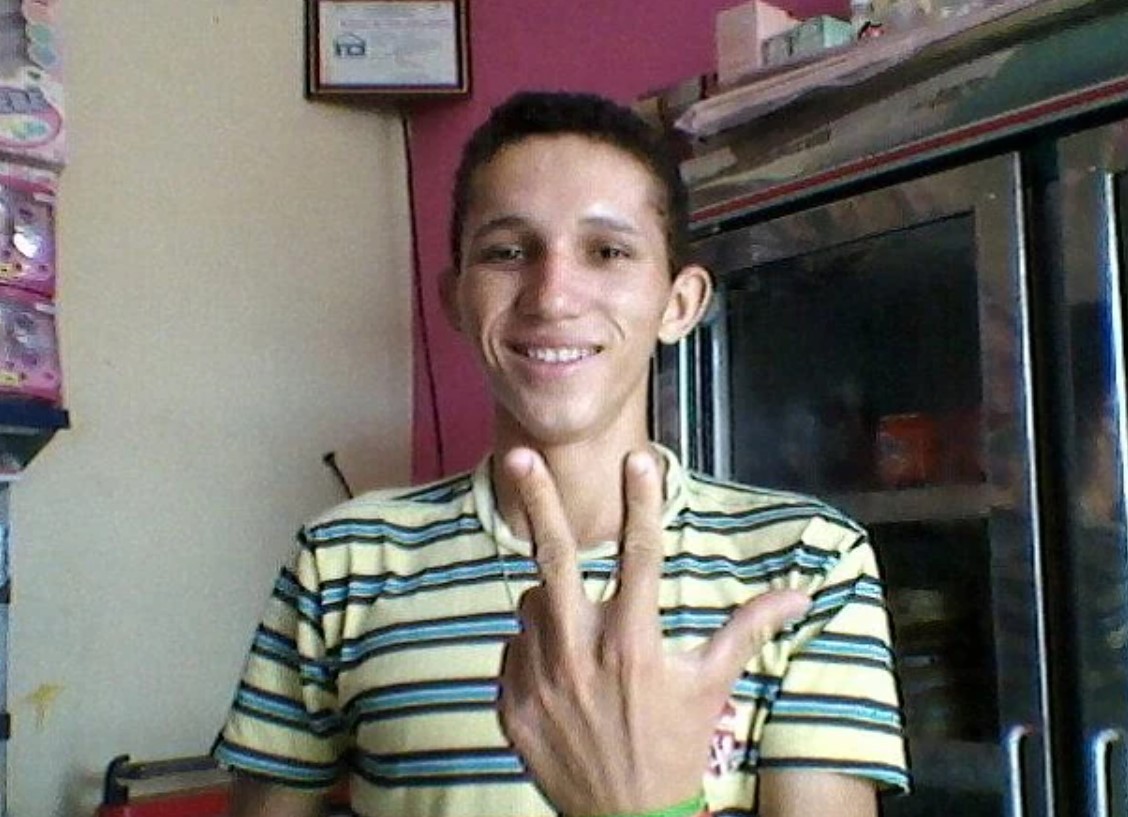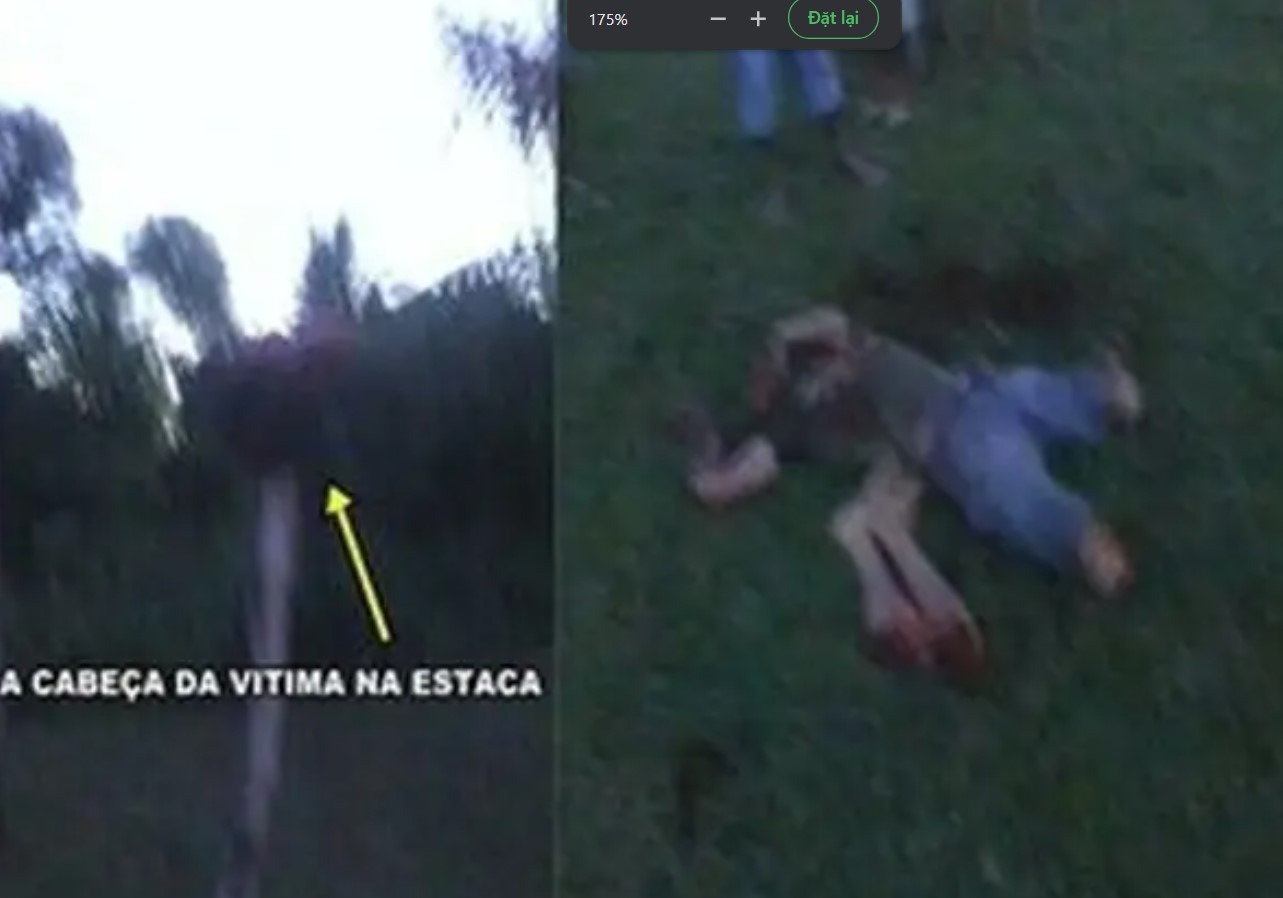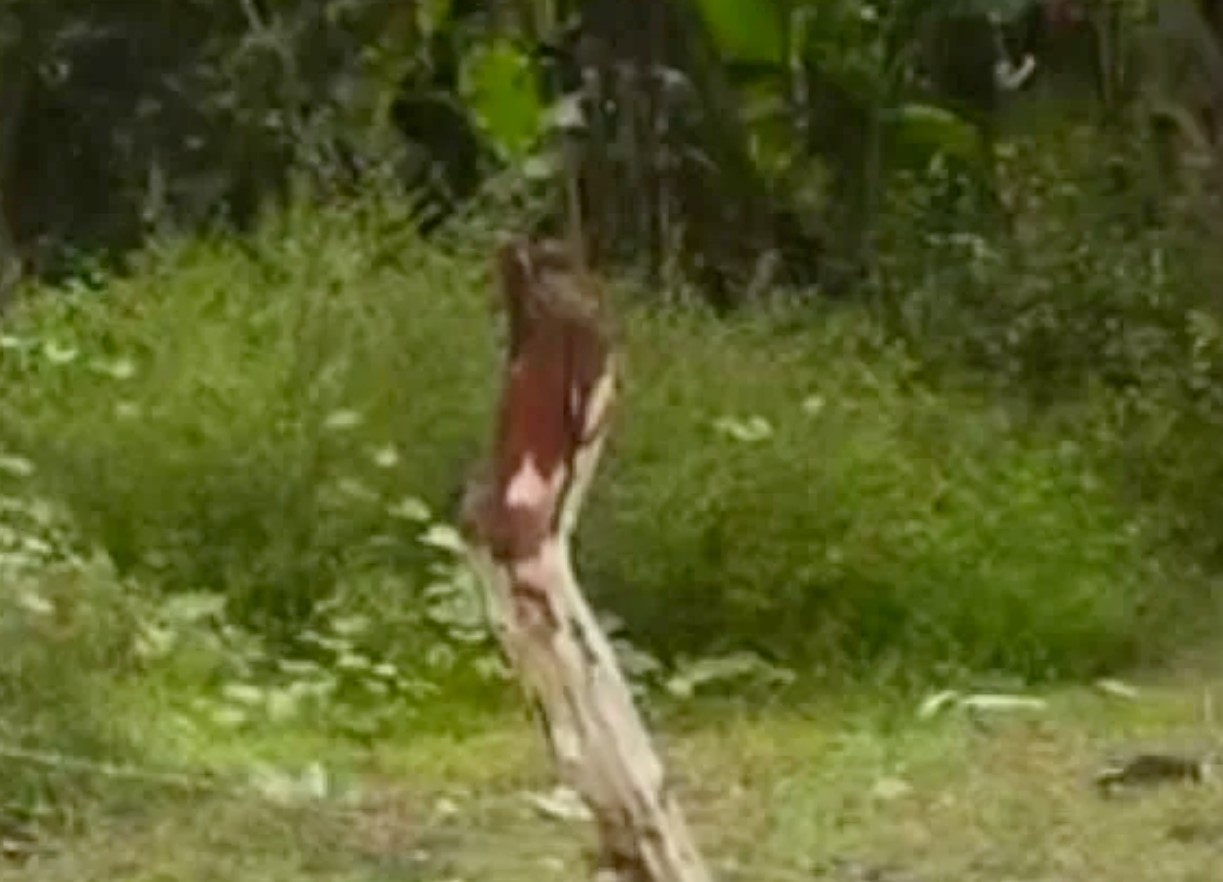Otavio Jordao da Silva Video Highlights Tragic Violence
In a deeply disturbing event that unfolded during a soccer match at the Pius XII stadium in Maranhao, Brazil, a referee and a player met horrific ends that sent shockwaves across the nation and the global sporting community. On June 30, what began as an ordinary amateur match escalated into a gruesome spectacle of violence, culminating in the deaths of 20-year-old referee Otavio Jordao da Silva and 31-year-old player Josemir Santos Abreu. This incident is not only shocking due to the brutality displayed but also because it starkly contrasts with the usual fervor and celebration associated with soccer in Brazil. The Otavio Jordao da Silva video captures this tragic event, highlighting the extreme nature of the violence that occurred.
The tragic events began when da Silva expelled Abreu from the game, leading to a confrontation that tragically ended with the player’s stabbing and subsequent death. The situation rapidly spiraled out of control as enraged players and spectators unleashed a brutal attack on the referee, leading to his death and a macabre display of his dismembered body. Such extreme acts of violence are rare in Brazilian sports, where although passionate displays are common, they seldom turn deadly. This incident hence stands out not only for its brutality but also for its rarity, challenging perceptions of safety and security in Brazilian sporting events as the country prepared to host the World Cup.
This horrifying episode raises pressing questions about the culture of violence in sports, the security measures at sporting events, and the broader social implications of such unprecedented aggression. As Brazil and the world reflect on this tragic event, it becomes crucial to address these issues to prevent a recurrence of such inhumane acts in the realm of sports or any other.
| Aspect | Details |
|---|---|
| Event Location | Pius XII stadium, Maranhao, Brazil |
| Date | June 30 |
| Individuals Involved | Otavio Jordao da Silva (20-year-old referee), Josemir Santos Abreu (31-year-old player) |
| Incident | During a soccer match, a confrontation led to the stabbing death of Abreu and the brutal killing and dismemberment of referee da Silva. |
| Context | The incident occurred in a usually celebratory environment, contrasting sharply with the typical fervor of Brazilian soccer. |
| Significance | The event is notable for its extreme violence and rarity, challenging perceptions of safety in Brazilian sports, especially with the upcoming World Cup. |
| Broader Implications | Raises questions about the culture of violence in sports, security at events, and the need for measures to prevent such occurrences. |
Content
Background and Video
The tragic events that unfolded on June 30 at Pius XII stadium in Maranhao, Brazil, marked a dark day in the history of sports violence. The soccer match, meant to be a friendly game among amateur players, rapidly descended into chaos, ending in the deaths of a player and the referee. This catastrophic sequence of events was set off by a seemingly routine decision by the referee which led to unprecedented violence.
Shocking Otavio Jordao da Silva Video Terrifies
Otavio Jordao da Silva, the referee involved, was a 20-year-old local who had been officiating games in the area for several years. Known for his strict enforcement of the rules, Silva was passionate about soccer and took his role as a referee seriously. On that fateful day, his decision to expel a player for aggressive behavior would tragically cost him his life.
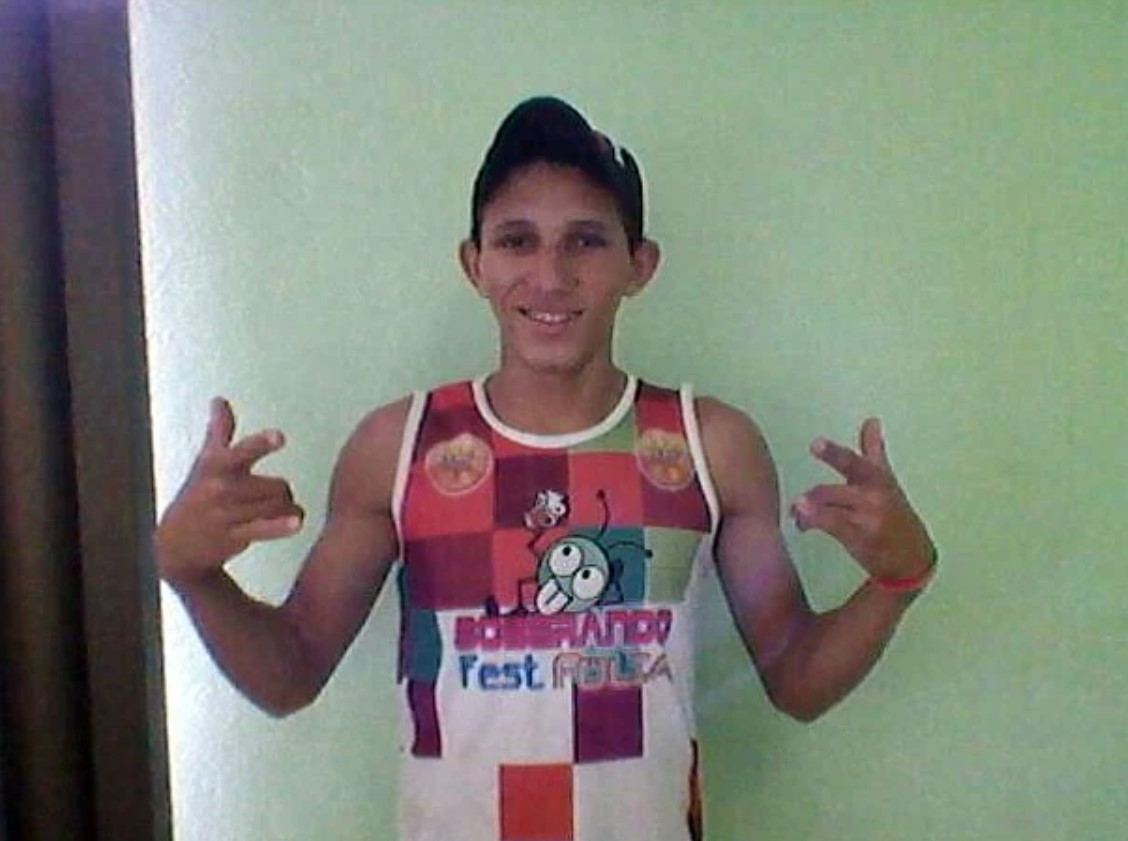
Otavio Jordao da Silva
Josemir Santos Abreu, the 31-year-old player who was expelled, was known in the community as a fervent and competitive player. His aggressive playstyle often put him at odds with referees, but none of his previous disputes had ever escalated beyond verbal confrontations.
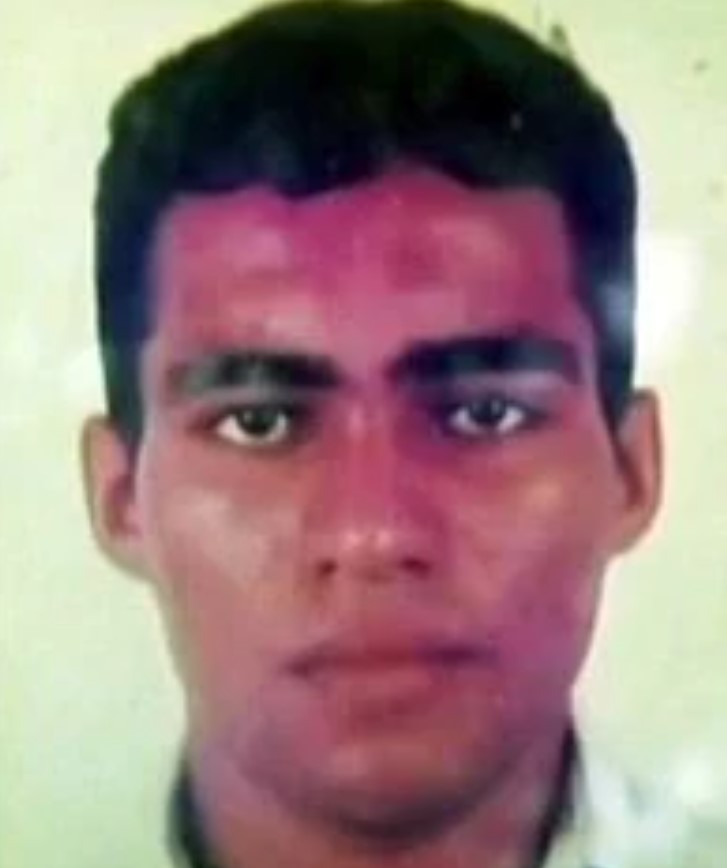
Josemir Santos Abreu
Luis Moraes Souza and his brother Francisco, the main suspects in the subsequent violence, were spectators at the game. The Souza brothers were known in their community for their volatile temperaments and were often involved in local disturbances.
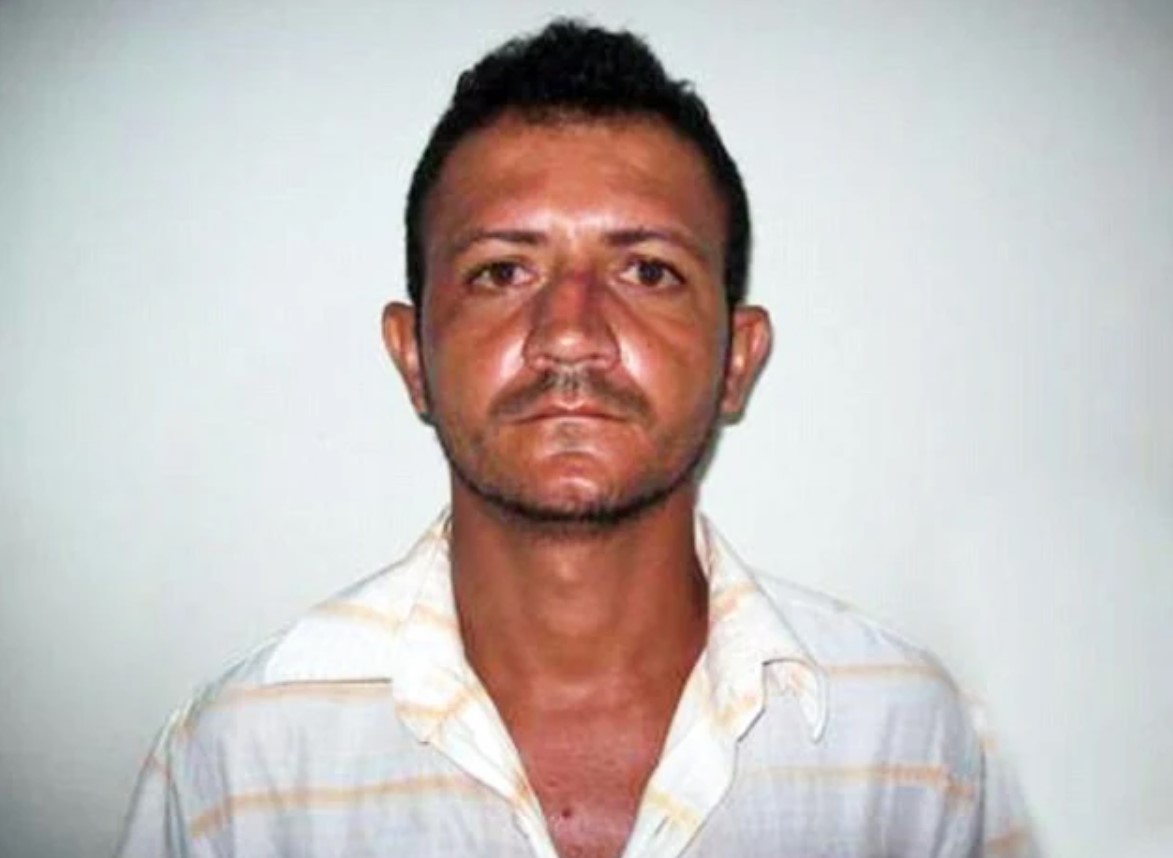
Luis Moraes Souza
| Aspect | Details |
|---|---|
| Event Location and Date | Pius XII stadium, Maranhao, Brazil on June 30 |
| Incident Overview | What was intended to be a friendly amateur soccer match escalated into chaos, resulting in the deaths of a player and the referee. |
| Referee | Otavio Jordao da Silva, a 20-year-old known for strict rule enforcement, whose decision to expel a player led to his tragic death. |
| Player Expelled | Josemir Santos Abreu, 31, known for aggressive play, his expulsion was the catalyst for the violence. |
| Main Suspects | Luis Moraes Souza and Francisco, spectators with volatile temperaments, believed to be the main perpetrators of the violence. |
The Incident
The altercation began in the latter half of the soccer match when Josemir Santos Abreu committed a foul that referee Otavio Jordao da Silva deemed dangerous. Following the rules, Silva issued Abreu a red card, expelling him from the game. Abreu, infuriated by the decision, confronted Silva, resulting in a physical altercation where Abreu threw Silva to the ground.
As Silva rose to his feet, he unexpectedly pulled out a knife and stabbed Abreu in the chest. The reasons behind Silva carrying a knife on the field remain unclear, but the act instantly escalated the situation. Abreu collapsed and later died en route to the hospital, a turn of events that fueled a furious response from the crowd.
The mob, incited by the stabbing and death of Abreu, turned their anger towards Silva. Several spectators, including Luis Moraes Souza, rushed onto the field. Silva was overpowered, tied up by his limbs, and subjected to a brutal beating. Luis struck Silva repeatedly with a spike and smashed a bottle of cachaca over his face, causing severe injuries.
As the violence peaked, another spectator known only by the nickname ‘Pirolo’ grabbed the knife used to stab Abreu and used it to stab Silva in the neck. Francisco Souza, Luis’s brother, then proceeded to use a sickle to horrifically dismember Silva’s body. In a grotesque display, Francisco severed Silva’s limbs and head, placing the head on a spike at the center of the field.
This horrifying series of events culminated in a spectacle of violence that shocked the local community and the entire country. The crowd’s response, involving both spontaneous mob justice and premeditated acts of extreme violence by the Souza brothers, reflects deep-seated issues in the community’s handling of conflict and disputes. This incident, a stark departure from the usual sporting disagreements, has left many questioning the underlying social and cultural dynamics that could allow such a tragedy to occur.
| Event Detail | Description |
|---|---|
| Initial Incident | Josemir Santos Abreu fouled and was issued a red card by referee Otavio Jordao da Silva, leading to a physical altercation where Abreu threw Silva to the ground. |
| Escalation | Silva stabbed Abreu in the chest with a knife he unexpectedly produced. Abreu later died from the injury, escalating the crowd’s anger. |
| Mob Reaction | The crowd, incited by the stabbing, attacked Silva. Luis Moraes Souza and other spectators brutally beat Silva, leading to his severe injuries and death. |
| Extreme Violence | Francisco Souza, with the help of others, dismembered Silva’s body in a horrific display, culminating in placing Silva’s head on a spike at the center of the field. |
| Societal Impact | The violent event shocked the local community and the country, raising questions about the underlying social and cultural dynamics that permit such extreme violence in sports-related disputes. |
Investigation
The investigation into the horrifying events at Pius XII stadium was swiftly initiated under the guidance of Officer Valter Costa, a seasoned investigator from the regional police force. Costa faced the monumental task of piecing together the events that led to the deaths of both Otavio Jordao da Silva and Josemir Santos Abreu, amidst a highly charged and emotional atmosphere.
Officer Costa and his team were quick to respond to the crisis, securing the crime scene and gathering preliminary testimonies from witnesses who were still in shock from the brutality they had witnessed. The primary challenge was managing the crowd and preventing further violence, all while starting the complex process of forensic analysis.
Early in the investigation, police detained Luis Moraes Souza, who was suspected of initiating the physical assault on Silva with a deadly weapon and a bottle. His direct involvement in the attack led to his immediate arrest. However, his brother, Francisco Souza, and another suspect known as ‘Pirolo’ remained at large, complicating the investigation as they reportedly fled into the dense forests surrounding Centro do Meio. The manhunt for these suspects was intensified, with local law enforcement coordinating with neighboring jurisdictions.
The remote location of Centro do Meio posed significant challenges, from logistical issues affecting the transportation of forensic teams to the limited local police resources. Moreover, the tight-knit nature of the community meant that witnesses were often reluctant to speak openly about the incident, fearing retaliation or further violence.
| Aspect | Details |
|---|---|
| Investigation Lead | Officer Valter Costa, a seasoned investigator from the regional police, took charge of the investigation. |
| Initial Response | The team secured the crime scene and collected early testimonies from witnesses, managing the crowd to prevent further violence. |
| Challenges | Difficulties included managing a highly emotional atmosphere and the complex process of forensic analysis amid logistical and community challenges. |
| Key Suspects | Luis Moraes Souza was detained early for his direct involvement. Francisco Souza and ‘Pirolo’ fled, complicating the manhunt efforts. |
| Community Dynamics | The tight-knit community of Centro do Meio, where the suspects fled, posed challenges due to reluctant witnesses and limited local police resources. |
Community and Societal Impact
The immediate impact of the incident on Centro do Meio was one of shock and mourning. A community that prided itself on low crime rates and close community ties found itself at the center of national and international media attention. The brutal nature of the crime led to a profound sense of insecurity and mistrust among residents, with many questioning the safety of participating in or attending local events.
In Maranhao, a region already grappling with socio-economic challenges, the incident exacerbated existing tensions. Concerns about the adequacy of local law enforcement and public safety became topics of heated debate among political leaders and citizens alike.
The extreme violence can partly be attributed to cultural and societal factors prevalent in some Brazilian communities. The intense passion for soccer often blurs the lines between fervent support and aggressive fanaticism. Furthermore, the presence of weapons at a sporting event points to deeper issues of security and personal safety that are pervasive in certain areas. The acceptance of vigilante justice, as seen in the crowd’s brutal retaliation against Silva, highlights a problematic aspect of how disputes are sometimes handled, particularly in more isolated or impoverished areas.
This tragic event serves as a critical case study for examining the intersections of sport, culture, and violence. It raises crucial questions about community norms, the role of law enforcement in maintaining peace, and the necessary measures that must be taken to prevent such tragedies in the future. As the community of Centro do Meio and the broader region of Maranhao reflect on these events, there is a clear need for strategies that address both the immediate security concerns and the underlying societal issues that contributed to such a devastating outcome.
| Aspect | Details |
|---|---|
| Immediate Impact | The community of Centro do Meio experienced shock and mourning, questioning the safety of local events due to the brutal nature of the crime. |
| Regional Impact | The incident exacerbated socio-economic tensions in Maranhao, leading to debates on the adequacy of local law enforcement and public safety. |
| Cultural and Societal Factors | The intense passion for soccer blurring lines between support and fanaticism, and the presence of weapons at the event suggest deep-seated security and societal issues. |
| Vigilante Justice | The crowd’s brutal retaliation against Silva highlights a cultural acceptance of vigilante justice, particularly in isolated or impoverished areas. |
| Broader Implications | This event serves as a case study for sport, culture, and violence, raising questions about community norms and law enforcement roles in maintaining peace. |
| Future Strategies | There is a need for strategies that address both immediate security concerns and underlying societal issues to prevent such tragedies. |
Expert Commentary
Paulo Storani, a former member of Rio de Janeiro’s elite police units and a security expert, provided a nuanced understanding of the incident’s implications for Brazil, particularly with the looming World Cup. Storani emphasized that while Brazil is accustomed to intense sports-related passions, the incident at Pius XII stadium goes beyond typical fan altercations or riots. This was a catastrophic failure of social and moral boundaries, highlighting severe issues within Brazilian society that extend beyond sports.
According to Storani, the level of violence exhibited is alarming but not entirely unprecedented in Brazilian history. However, it starkly contrasts with the common fistfights or verbal disputes usually seen in sports arenas. The premeditated nature of some of the violence, particularly the use of weapons like a sickle and the public display of the referee’s body, suggests deeper societal problems.
With the World Cup approaching, this incident poses a significant risk to Brazil’s image as a safe and welcoming host. It raises questions about the country’s ability to ensure security and manage crowd control at international events. Storani argued that this should be a wake-up call for Brazil to strengthen its security protocols and engage in more profound societal reforms to address the roots of such extreme behavior.
| Aspect | Details |
|---|---|
| Expert Analysis | Paulo Storani, a security expert and former member of Rio de Janeiro’s elite police units, provides insights into the incident’s broader implications for Brazil. |
| Nature of Incident | The incident at Pius XII stadium is seen as a catastrophic failure of social and moral boundaries, going beyond typical sports-related altercations. |
| Historical Context | While the level of violence is alarming, it is not entirely unprecedented in Brazilian history but contrasts with common fistfights or verbal disputes in sports. |
| Premeditation and Weapon Use | The premeditated nature of the violence and the use of weapons suggest deeper societal problems within Brazil. |
| Implications for World Cup | The incident poses a significant risk to Brazil’s image as a safe host for the World Cup, highlighting concerns over security and crowd management. |
| Recommended Actions | Storani calls for Brazil to strengthen security protocols and engage in societal reforms to address the roots of such extreme behavior. |
Legal and Ethical Implications
The legal system in Brazil faces a significant test in responding to these slayings. Those involved are likely to face severe charges, potentially including murder and conspiracy to commit murder. The investigation’s progress and the judicial response will be closely watched, both nationally and internationally, as they will set precedents for how Brazil handles serious crimes associated with sports events.
The incident brings to the forefront several ethical issues, most notably the carrying of weapons at sports events. The fact that a referee felt the need to carry a knife indicates a perceived threat to personal safety, which is deeply troubling. Additionally, the mob justice displayed by the crowd challenges the rule of law and highlights a breakdown in social order. This prompts a necessary discussion on the ethics of crowd behavior and the responsibilities of event organizers to ensure safety.
| Aspect | Details |
|---|---|
| Legal Challenges | Brazil’s legal system faces a significant test with the slayings, with those involved likely facing severe charges, including murder and conspiracy to commit murder. |
| Investigation and Judicial Watch | The progress of the investigation and judicial responses are being closely monitored, setting precedents for Brazil’s handling of crimes related to sports events. |
| Ethical Issues | The carrying of weapons at sports events raises ethical concerns, especially the need for a referee to feel secure, indicating a perceived threat to personal safety. |
| Mob Justice and Social Order | The mob justice displayed challenges the rule of law and highlights a breakdown in social order, prompting discussions on crowd ethics and safety responsibilities. |
The tragic events at Pius XII stadium on June 30 have left an indelible mark on the community of Centro do Meio, the broader region of Maranhao, and all of Brazil. The brutal killing of a player and a referee, followed by a horrific display of mob violence, highlights critical issues in societal norms, security measures, and legal enforcement in Brazil.
The investigation continues under the scrutiny of local and international observers. The outcomes of this case will likely influence future security protocols at sporting events in Brazil and potentially elsewhere.
There is an undeniable need for enhanced security and preventative measures at all sporting events, particularly as Brazil prepares to host the World Cup. This incident should serve as a catalyst for significant security reforms, including stricter controls on crowd behavior and the prohibition of weapons at sporting venues.
This incident serves as a grim reminder of the need to balance passion for sports with the preservation of law and order. While soccer is a beloved part of Brazilian culture, it must not overshadow the basic principles of human decency and legal conduct. As Brazil moves forward, it will be crucial to reflect on this balance and ensure that the fervor for sports does not turn into a trigger for violence. This reflection and subsequent action will be essential in rebuilding Brazil’s image as a safe and hospitable nation for international sports and its citizens alike.
Daily Hot News -Jessica Gibbs Viral Video Leak on Digital Privacy
Tim Walz Dance Video and Facts Behind the Viral Sensation
Gabriela Lima Santana Video and Investigation
Georgia School Shooting Video and Community Response
Jaden Newman Video Leak on X/Twitter and Reddit
Rock Paper Scissors Yellow Dress Video Leak
Yes King Original Video on Meme Culture
